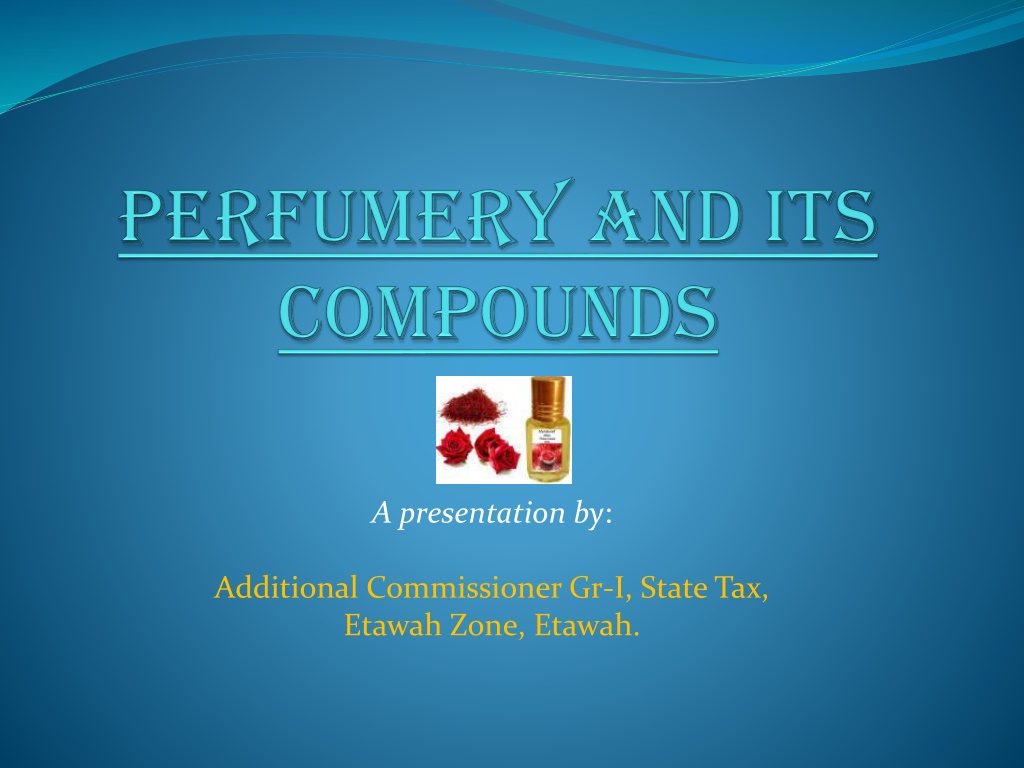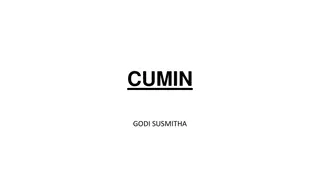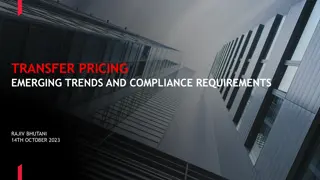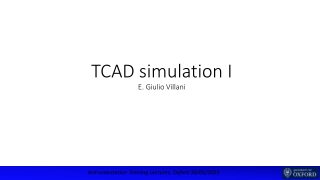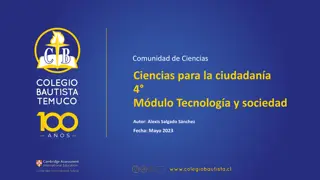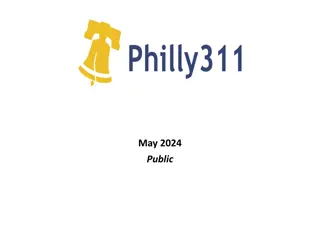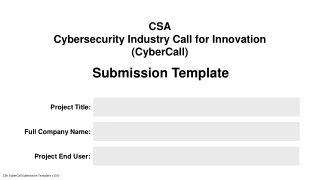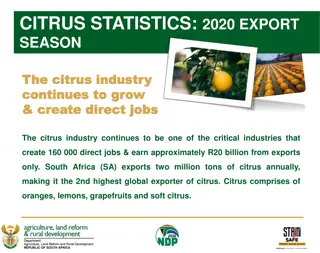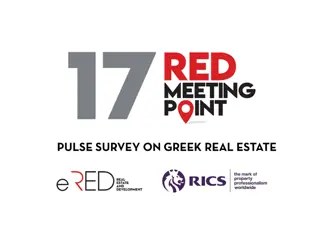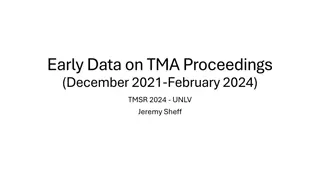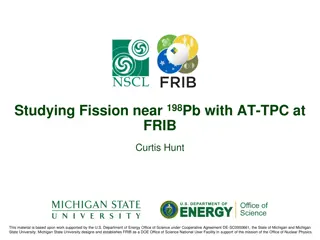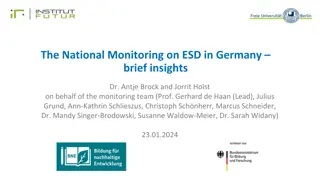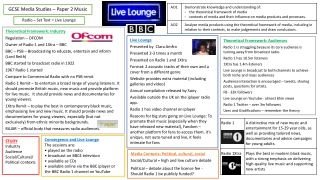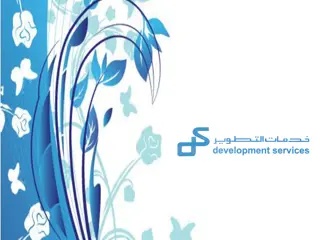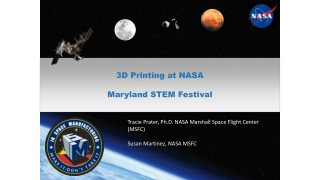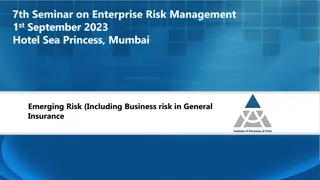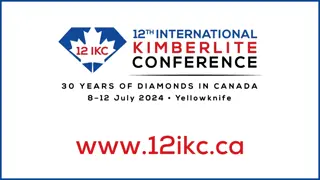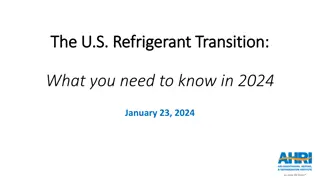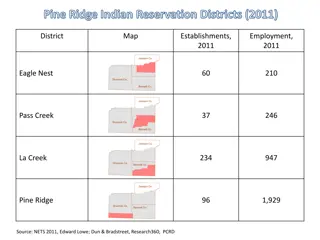Insights into the Perfumery Industry in Kannauj
A presentation by the Additional Commissioner highlighting the historical backdrop and current state of the perfumery industry in Kannauj, including statistics on registered firms, tax liabilities, and the process of itra extraction. The industry plays a significant role in the region's economy, with a rich tradition dating back to the Mughal era.
Download Presentation
Please find below an Image/Link to download the presentation.
The content on the website is provided AS IS for your information and personal use only. It may not be sold, licensed, or shared on other websites without obtaining consent from the author. Download presentation by click this link. If you encounter any issues during the download, it is possible that the publisher has removed the file from their server.
Presentation Transcript
A presentation by: Additional Commissioner Gr-I, State Tax, Etawah Zone, Etawah.
A brief Historical backdrop Commonly known as attar or itra, these aromatic compounds are the extractions of the flowers, herbs, spices, sandalwood/ agarwood etc in the baseoils. The technique of hydro-distillation used in the processing of these attar or itra introduced by Mughal Nobles during 17thCentury AD in India. Attar or itra are basically non-alcoholic floral extract used as natural perfumes, world-wide. is believed to be
Perfumery industry in kannauj There are total of about 973 firms registered under GST Act,2017 in Kannauj. Out of which 662 manufacturers and rest 311 are traders of perfumery and its compounds. Traders 32% registered persons are Manufacturers 68%
State vs Central jurisdiction Central 31% State 69%
Size of perfumery industry in kannauj As per FY 2022-23 data: Total declared Turnover- Rs. 623.73 Cr. Tax liability of SGST- Rs. 24.27 Cr. Tax liability of CGST- Rs. 24.27 Cr. Tax liability of IGST- Rs. 37.30 Cr.
Process of itra extraction in briefcontd. Initially, the material whose essence is to be extracted is put in the Deg. Water is added to the Deg. The Deg is sealed from the top using Multani Mitti and firewood is set on fire to heat it and thus, start the process of distillation. The process of flower distillation takes a maximum of seven hours (just for one kind of flower fragrance) and that of Heena and Herbs takes around 12-18 hours. This industry has very little wastage. The floral parts which are left after the process of distillation are used to make agarbattis.
Process of itra extraction in briefcontd. The very same equipment is used to produce what is called a "ruh". The only difference in the procedure is that the receiving vessel holds no sandalwood oil. The bamboo pipe connecting the Deg to the Bhapka (reciever) is also longer. In this way pure Khus oil is made.
Raw Materials Base Material: Sandalwood oil, Di-Octyl Phthalate (DOP) and Liquid paraffin. Main suppliers- Sandal Wood Oil: Karnataka, Andhra, T.N. Floral Material: Flowers of Gulab, Kewra, Bela, Mehndi, Kadam, Chameli, Marigold, Saffron. Industries collect fresh flowers from a 30 km radius of the city. Main suppliers- Aligarh (Uttar Pradesh), Palampur (Himachal Pradesh), Kewra: Ganjam (Odisha) Herb and Spices: Oakmoss, Sugandh mantri, Daru Haldi, Javattari/ Jaiphal, Cardamom, Clove, Saffron, Ambergris and Musk. Main suppliers-North-East, South India, Madhya Pradesh, Saffron: Jammu and Kashmir. Nagarmotha: Odisha, MP & WB
SALE Final Product sale Ratio B2B -99% B2C -01% B2B B2C
Main recipients Pan Masala manufacturers. Export (Foreign buyers). FMCG: for use in toileteries by FMCG giants like P&G, Emami, HUL etc- Poojan Dhoopbatti, Hawan Samigree. Samagrees like-Agarbatti, Domestic retail purchasers. Chemists/ Medicinal use (Like Daburand Patanjali).
Modes Of Supply & Transportation Road (Cars, Buses etc) Courier Air Shift
Packing Material Glass bottle from Firozabad, Delhi, Mumbai & Singapore Corrugated Boxes from Kanpur, Noida & Kannauj
Rate Of Tax HSN Code : 3301 GST Rate :18% Essential Oils (Whether Terpeneless or not), includes Absolutes Concretes, Extracted Oleoresins, Resinoids, or Fats of Essential Oil in the concentrated form obtained via Enfleurage or Maceration HSN Code: 3302 GST Rate :18% Mixtures Of Odoriferous SubstancesAnd Mixtures Alcoholic Solutions) WithABasis Of One Or Substances, OfA Kind UsedAs Raw HSN Code : 3303 GST Rate :18% Toiletries and Perfumes HSN Code : 3307 GST Rate :5% Agarbatti and (Including Of More These Materials In Industry
iSSUeS encoUntering Transportation of finished products mainly through buses, cars and two wheelers often with family members including ladies. High value itra transportation through luxury cars. Undervaluation is quite rampant in this industry. Valuation is quite difficult as chemical composition of products can not be identified easily. During search proceedings also problems are there regarding identification and valuation of raw materials, semi finished and final products.
Suggestions to curb tax evasion At sector level regular monitoring of returns and dealer analysis is needed. Availed and utilized ITC also to be verified. At SIB level solid intelligence network and regular analysis of dealers and thereafter exemplary search proceedings stock taking and valuation being the most important aspect. At Mobile Squad level local intelligence about movement of goods and collection of bills on large scale. Also passing of vital inputs to SIB unit.
